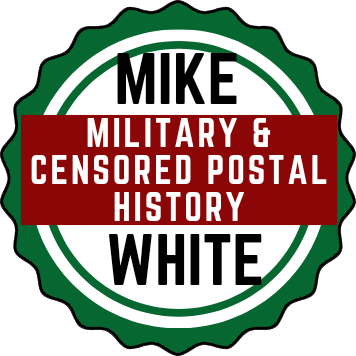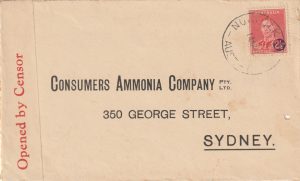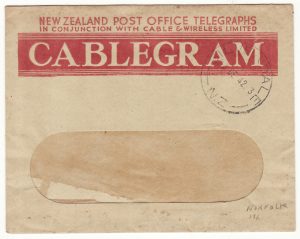Norfolk Island
A small island of approximately 14 square miles with a population of 1,748 (2016 Census) situated 800 miles East of Australia which was discovered by Capt. Cook in 1774 and is a fact Australian Territory.
The island appeared to have exceptional conifers and stands of flax. Great Britain did look at these two commodities as a valued resource for the ship building industry yet the loss of the American colonies during the latter part of the 1700s had created, besides the humiliation, another more immediate priority which was that of housing criminals. Britain needed a new penal colony so why not utilise a two for one policy by sending the convicts to Norfolk and put them to work cutting trees and processing flax. In January 1788 the first party of 15 convicts and 7 free men left Australia for Norfolk soon learning that the conifer trees were not suitable for ship building and no-one knew how to process flax properly. By 1790 no relief ship from Britain had arrived and the whole experiment failed and the prison was closed in 1795 with the whole island being abandoned in 1815.
Yet by 1825 Norfolk was re-opened for the internment to 800 incorrigibles who were badly treated culminating in a mutiny in 1846 with 4 guards dead and 12 convicts hanged and closed again. in 1856 the Crown gave Norfolk to 194 Pitcairn Islanders (descendants of the Bounty mutiny) who agreed to re-settle the island.
Stamps of Tasmania were used from 1853 – 1856 yet known mail is almost non-existent from then for the next 4 decades. But a Norfolk Is. postmark is known from 1891 yet little used as stamps were not sold on Norfolk until 1898 when New South Wales issues were re-introduced, all pre 1900 mail from Norfolk is rare. In 1913 the introduction of the Australian Kangaroo issue became available.
During the 1920s islanders sought permission to issue their own stamps and this was approved by Australia in 1939. A definitive issue depicting Ball Bay was printed but not placed on sale due to WW2 and the stamps were destroyed but a few did find themselves into philatelic hands.
World War 2 saw the island garrisoned by New Zealand and USA troops but these used their own military postal arrangements. 1947 saw the island assume responsibility for their own postal arrangements. But in 2015 Norfolk’s financial problems forced Australia to take over many governmental functions including the Postal Service and stopped production of stamps for the island in June 2016 yet they still recognise the island philatelically with occasional stamp issues that acknowledge the Island such as the 1983 set of 4 Native Norfolk Island mushroom set and the 2018 $1 Australia Norfolk Island fish.




